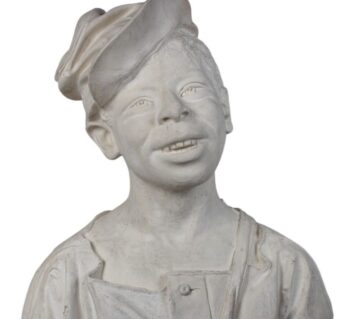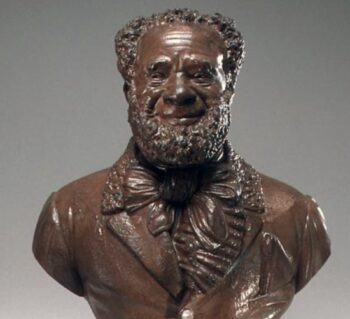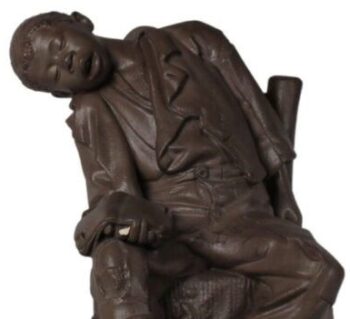
Jefferson Davis Statue
Collections in the Classroom
Grade Level
High, Middle
Time Period
1900-1950: Early 20th Century, 2000-present: Early 21st Century
Theme
The Lost Cause Myth
Resource Type
Post-visit material, Pre-visit material, Primary Source
Download Collections in the Classroom: Jefferson Davis Statue pdf
ESSENTIAL QUESTIONS
- What is the Lost Cause myth?
- How did public art help to spread the Lost Cause myth?
- Why did citizens protest this statue in 2020? What motivated them to pull it down?
CONTEXT
Originally, Jefferson Davis had represented Mississippi in the United States Senate and House of Representatives, but during the American Civil War he became the president of the Confederacy.
The Jefferson Davis Monument was designed by Richmond architect, William Noland (1865-1951), and the figures were sculpted by Richmond artist, Edward V. Valentine (1838-1930), brother of the founder of the Valentine Museum. It included a 65-foot-tall column with a statue at the top, called “Vindicatrix,” which was supposed to represent the symbol of Southern Womanhood and the “truth and justice owed to the South.” Fully embracing a Lost Cause lens on Virginia history, the pedestal at the base of the Davis statue included historic dates that drew a connection between its 1907 unveiling to the English arrival in Virginia (1607), the American Revolution (1776), the Constitutional Convention (1787) and the Confederate secession in 1861.



